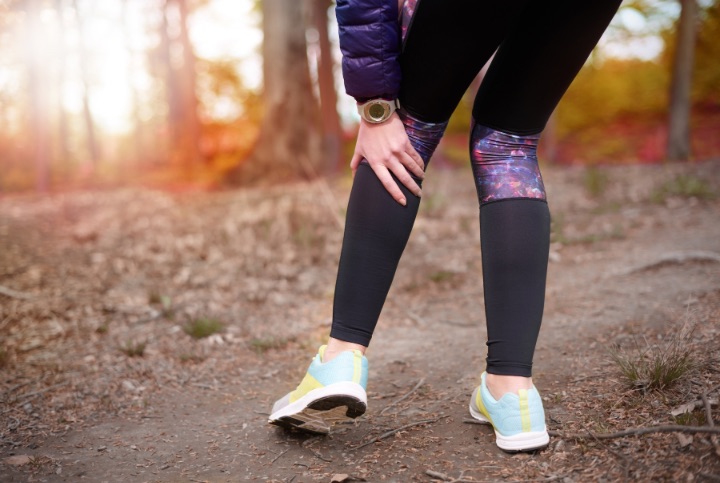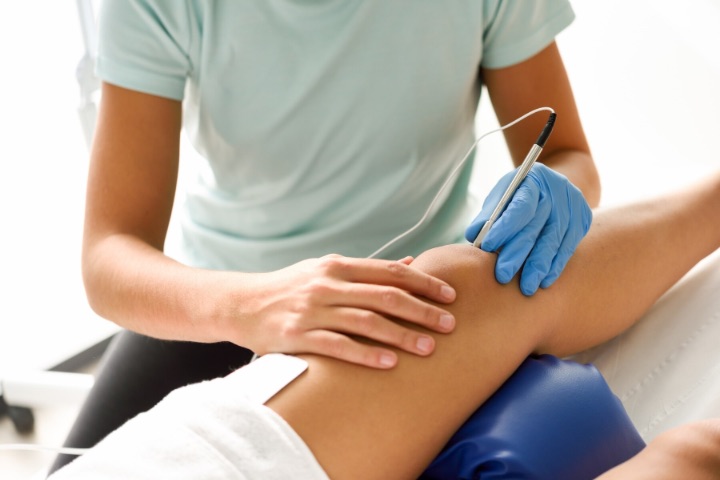A Baker’s Cyst, a popliteal cyst, is a fluid-filled sac that forms behind the knee. It often causes a bulge and a feeling of tightness, which can lead to discomfort or pain. The cyst is named after the British surgeon who first described it, Dr. William Morrant Baker.

Photo Credit: gpointstudio, Freepik
Baker’s Cysts are usually the result of a problem with your knee joint, such as arthritis or a cartilage tear. These conditions can cause your knee to produce too much synovial fluid, leading to a Baker’s Cyst. The cyst forms when the excess fluid pushes into the back of your knee.
The symptoms of a Baker’s Cyst can vary, but they typically include:
In some cases, a Baker’s Cyst may not cause any symptoms and you may not notice it.
A Baker’s Cyst is usually diagnosed during a physical examination. Your doctor may also use imaging tests, such as an ultrasound or MRI, to view the cyst and rule out other conditions that could cause similar symptoms.
Treatment for a Baker’s Cyst usually focuses on addressing the underlying cause of the cyst.

Photo Credit: javi_indy, Freepik
This may involve:
Pain from a Baker’s Cyst can often be managed with simple self-care measures, such as:

Photo Credit: Yan Krukau, Pexels
While a Baker’s Cyst is usually harmless, it can sometimes lead to complications, such as:
Physical therapy can be an effective treatment for Baker’s Cyst. A physical therapist can teach you exercises to help:
Maintaining a healthy weight and staying active can help manage the symptoms of a Baker’s Cyst. Regular exercise can strengthen your knee and help prevent joint problems.

Photo Credit: Freepik
A healthy diet can also help reduce inflammation and promote overall health.
While it’s not always possible to prevent a Baker’s Cyst, you can reduce your risk by:
It’s important to seek medical advice if you have symptoms of a Baker’s Cyst. Early diagnosis and treatment can help prevent complications and improve your quality of life.
Sure, here’s the FAQ section in markdown format with the provided questions and four additional ones.
The main cause of a Baker’s Cyst is an issue with the knee joint, such as arthritis or a cartilage tear. These conditions can cause the knee to produce too much synovial fluid, which can then form a cyst at the back of the knee.
Treatment for a Baker’s Cyst usually involves addressing the underlying cause. This may include medication to reduce pain and inflammation, physical therapy to improve mobility and strength, and surgery to remove the cyst in some cases.
While a Baker’s Cyst is usually harmless, it can sometimes lead to complications. For instance, the cyst can burst, causing fluid to leak into your calf, leading to swelling and pain. It can also cause symptoms similar to a blood clot in your leg, so getting a proper diagnosis is important.
Yes, gentle exercises like walking can be beneficial for a Baker’s Cyst. Regular movement can help to strengthen your knee and maintain joint mobility. However, it’s important not to overdo it and to rest if you experience any pain.
Yes, in some cases, a Baker’s Cyst may disappear on its own, especially if it’s small and doesn’t cause any symptoms. However, addressing the underlying cause is still important to prevent the cyst from recurring.
While there’s no specific diet for a Baker’s Cyst, it’s generally recommended to maintain a healthy diet and avoid foods that can cause inflammation, such as processed foods, sugary drinks, and high-fat foods.
Yes, physical therapy can be very beneficial for a Baker’s Cyst. A physical therapist can teach you exercises to strengthen your knee, improve your balance and flexibility, and reduce pain and swelling.
The healing time for a Baker’s Cyst can vary depending on the cyst’s severity and the treatment’s effectiveness. In some cases, the cyst may improve within a few weeks with proper treatment, while in others, it may take several months.